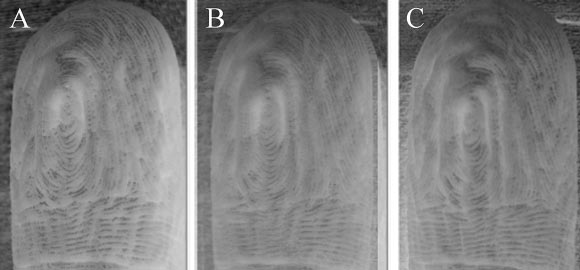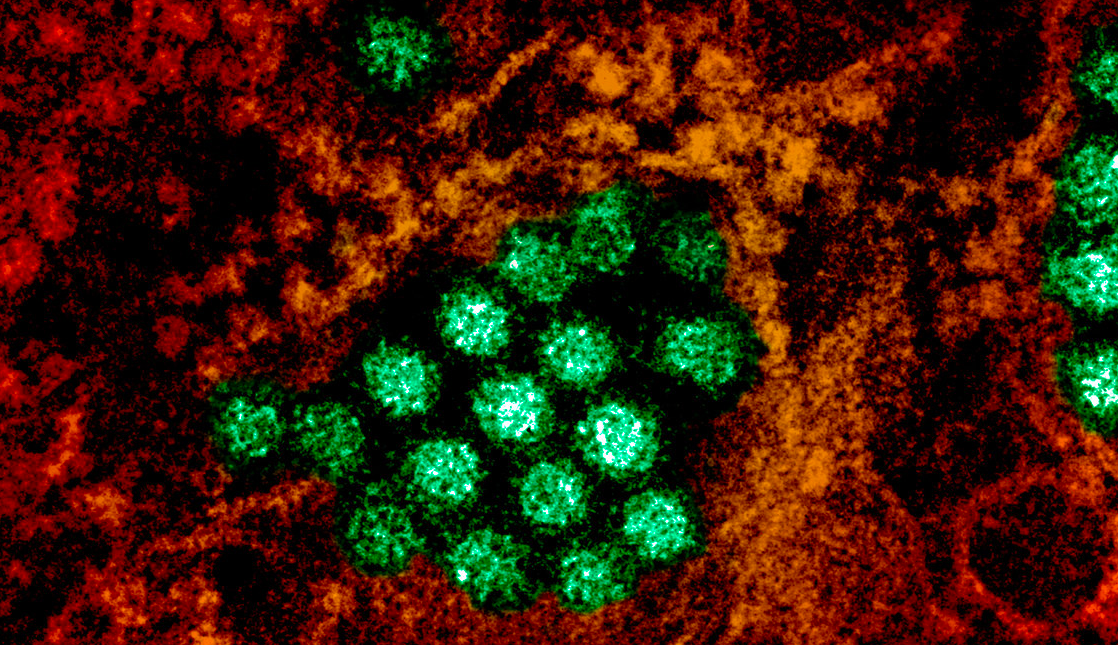Researchers at the Francis Crick Institute have shown that mice use chemical cues, including odours, to detect the social rank of an unfamiliar mouse and compare it to their own, using this information to determine their behaviour.
Like many…

Researchers at the Francis Crick Institute have shown that mice use chemical cues, including odours, to detect the social rank of an unfamiliar mouse and compare it to their own, using this information to determine their behaviour.
Like many…

New Curtin University research has revealed that high densities of European honey bees could be harming Australian native bees’ ‘fitness’ by reducing their reproductive success and altering key traits linked to survival.
The study, led by Adjunct…

Using the gene scissors CRISPR and stem cells, researchers at Stockholm University and the UK Dementia Research Institute (UK DRI) at King’s College London have managed to identify a common denominator for different gene mutations…

Topographical wrinkle patterns caused by prolonged human hand immersion in water are repeatable and consistent at different timepoints, according to new research by Binghamton University scientists.
Images of topographical skin wrinkles…

Observing animals, especially other social primates, can be awe-inspiring. Seeing…

There are four serotypes of dengue virus (DENV-1, DENV-2, DENV-3, DENV-4), which humans catch after they are bitten by an infected Aedes aegypti mosquito (or sometimes, Aedes albopictus). This has historically…

With one foot braced on the helicopter’s landing skid, a veterinarian lifted his air…

Every living creature on Earth needs to protect itself from things that would do it harm. Bacteria are no different. And despite their relative simplicity, they deploy remarkably savvy defensive strategies against viral invaders….

HPV is a common sexually transmitted infection that can be implicated in the formation of various cancer types, including cervical, vulvar, vaginal, anal, penile, and oropharyngeal cancers, as well as genital warts1 GARDASIL®9 has…

While some animals may be able to detect chemicals secreted by emotional perspiration, the concept of ‘the smell of fear’ in humans belongs mostly to the realm of fiction.
In their first attempt, to induce fear in the participants, researchers…